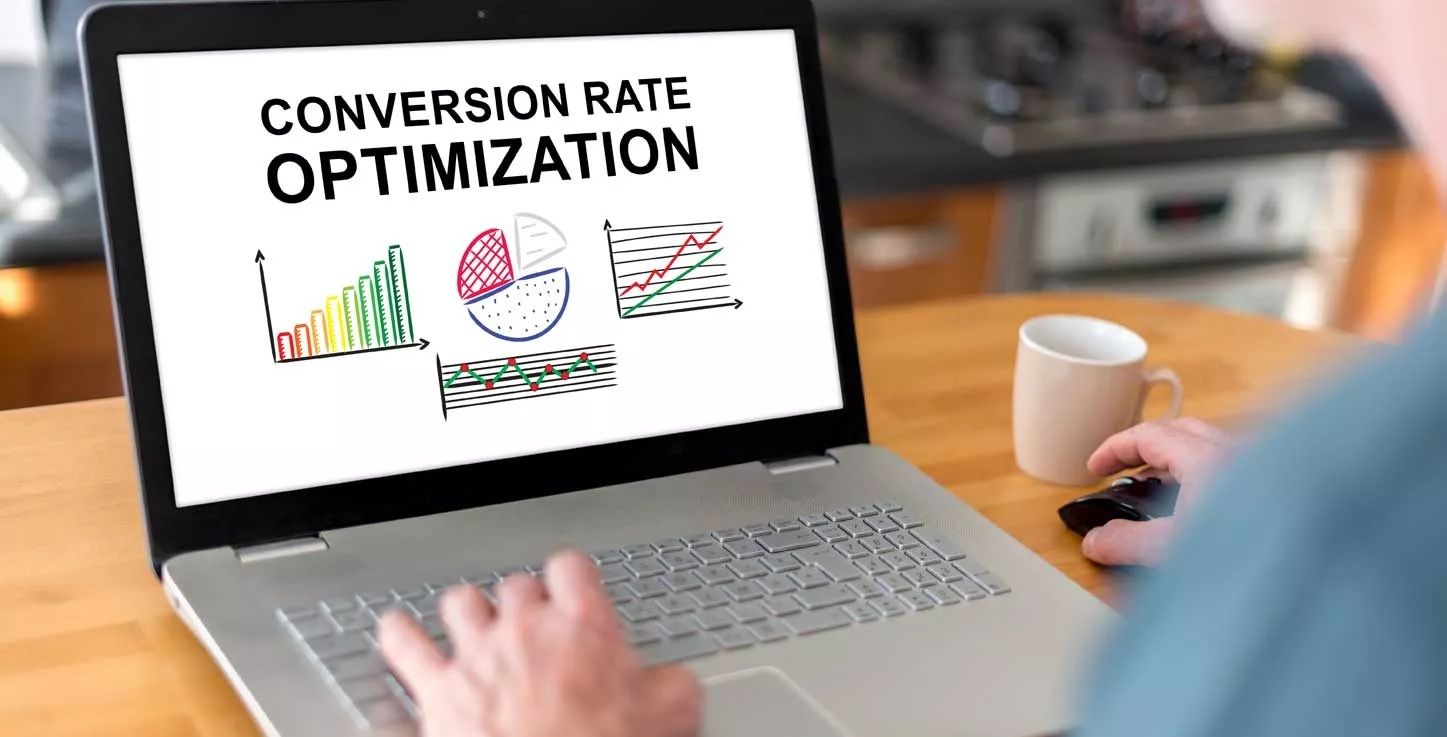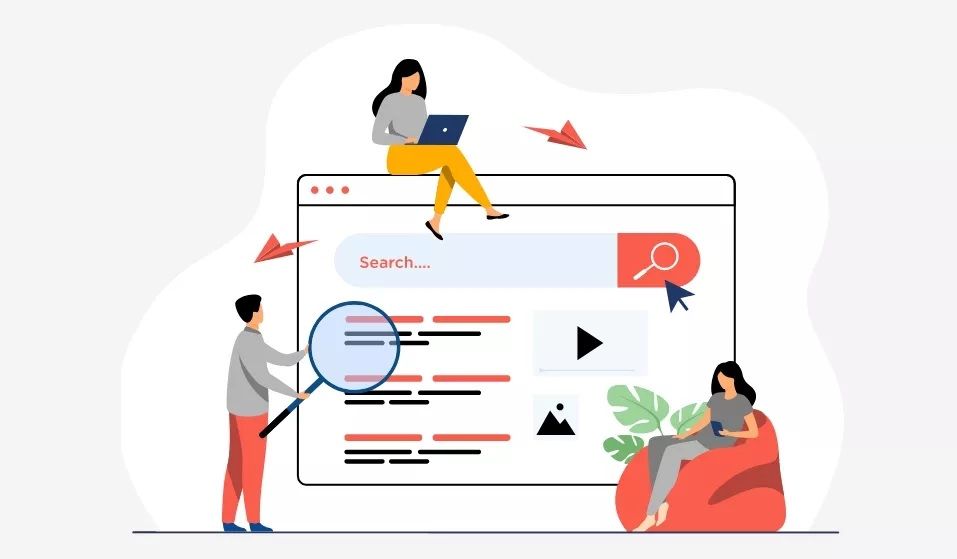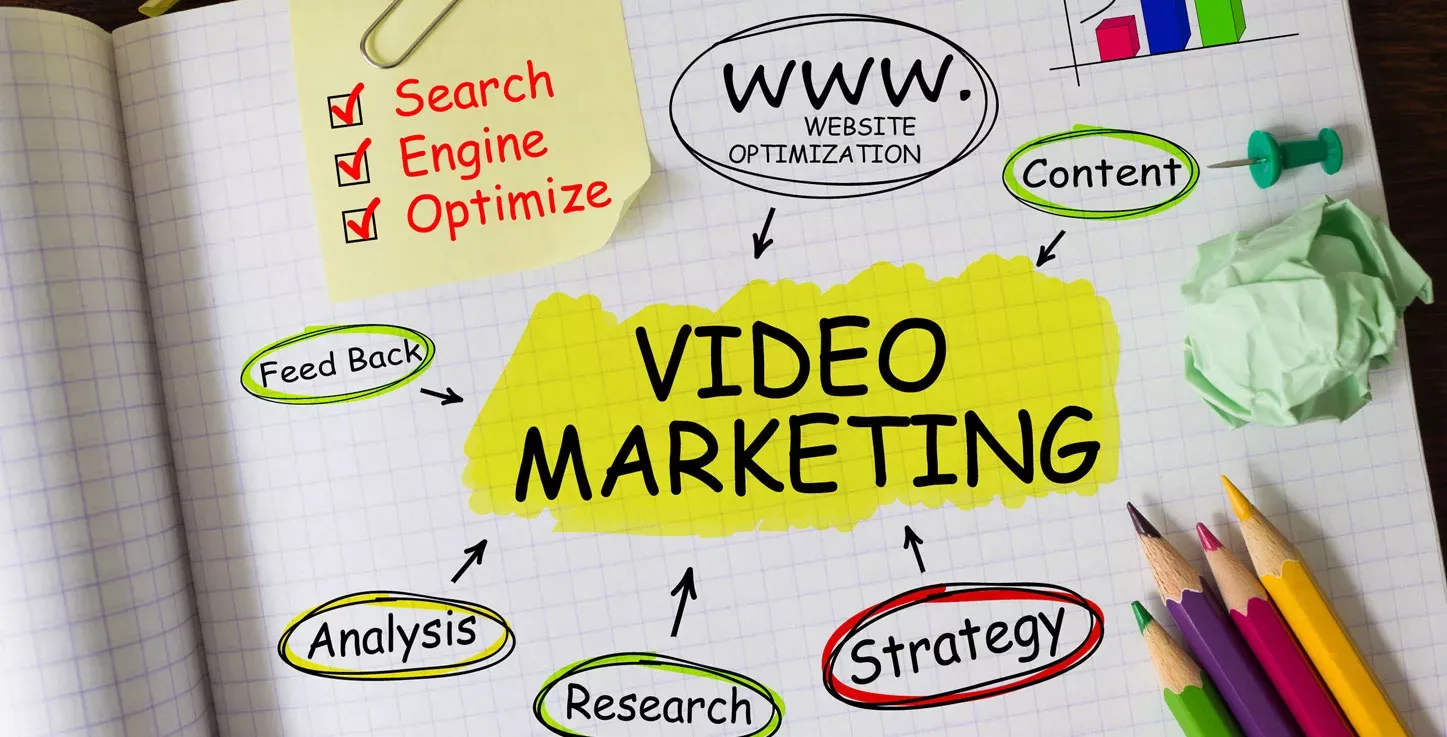What is Conversion Rate Optimization?

Conversion rate optimization (CRO) is defined as the process of increasing the percentage of visitors to a website that takes a specific action desired by the business such as making a purchase, signing up for a newsletter, requesting a quote, etc.
The process involves multiple steps starting with following the customer journey through the site, then understanding the actions they do end up taking, before analyzing that information to better understand what is getting in the way of them completing the conversion a business is aiming for.
It is critical to understand users’ online behavior before you can consider which changes might be most effective. Generally, to calculate a site's conversion rate, you take the number of times a user completes the desired goal by the total site traffic. However, there are variations on the calculation depending on the number of times a visitor is expected to visit a site before a conversion will occur or if they can convert once versus repeated times.
Why should a Business use CRO?
There are many reasons why businesses should utilize conversion rate optimization periodically:
1. Increased ROI: This is the obvious benefit of optimization, a better return on investment. A higher conversion rate means you are getting more out of your existing customer base without launching new campaigns to generate additional business or leads.
2. Easy to scale: One issue regularly encountered when trying to scale a business is obtaining more customers. In some markets, the number of available customers is relatively fixed. By increasing your conversion rate, you are more easily able to grow your business without capping out potential customers. Additionally, it is more cost effective to invest in CRO compared to new customer acquisition.
3. Enhanced customer insights: When you study the customer journey and use A/B testing to help streamline your process, a byproduct is gaining a better understanding of your key audience including the type of messaging the resonates with them the best. This data can then be used in both SEO and marketing.
4. Improved user experience: CRO is vital to providing the best user experience By better understand what works on your site, along with what does not work, you will be in a position to remove the negative and enhance the positive which leads to a better experience for users. A better user experience, in turn, leads to improved engagement.
CRO Tips
1. Reduce clutter: In a world where more is often perceived as better, less is more effective when it comes to creating conversions. The reasoning is rather simple; avoid distractions. If there are too many features, too much content, or too many options then visitors can become frozen in a state of indecision rather than proceeding towards a conversion.
2. Focus on big strategies: Rather than just looking at little ways to heighten CRO, instead, take a step back and first make sure you are effectively implementing the big strategies such as maximizing the overall user experience, having a mobile-optimized site, ensuring site speed is in an acceptable range or increasing your businesses creditability. While doing small things like changing button colors or size is important, it can be a lot like putting lipstick on a pig if you aren’t successfully using big strategies.
3. More speed: You should do everything within reason to optimize the speed of your website for maximum conversions.
4. Use images to compliment messages: A picture is worth a thousand words and they should be used to help compliment and convey your message by adding tone and emotion.
5. Utilize effective colors: Colors, while not being the most important aspect to conversions, should not be forgotten about either. Colors can be used to influence consumers’ emotions and perceptions of goods and services. Additionally, the use of color effectively allows proper contrast where colors allow elements to stick out without clashing.
Latest Articles

SEO and Web Design
Search engine optimization (SEO) is a valuable digital marketing strategy for businesses that want to drive more traffic to their sites and increase exposure to their brands. SEO design is an essential aspect of this strategy that focuses on the design of your website.

Secure Your Website with HTTPS Protocol
HTTP stands for hypertext transfer protocol and it is the foundation of data communication on the internet. While HTTP is the original version, a more secure version has been created called hypertext transfer protocol secure (HTTPS) which keeps data sent between your web browser and the target website safe and secure via encryption.

Marketing Automation
Marketing automation means technology designed to more effectively market on multiple channels online by automating repetitive tasks. They have become more popular for marketing departments and organizations as platforms have become more sophisticated enabling users to more easily plan, coordinate, manage and measure campaigns.

Basics of Video SEO
As video content has become more popular with consumers, video marketing has become a much more viable tool for businesses.